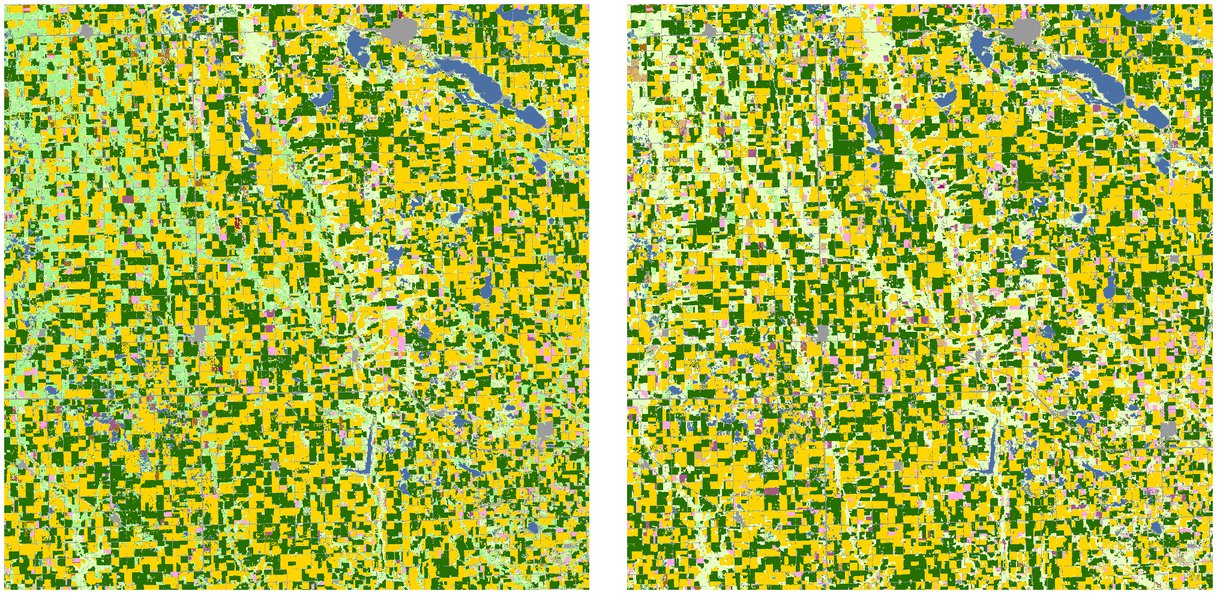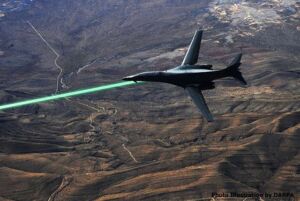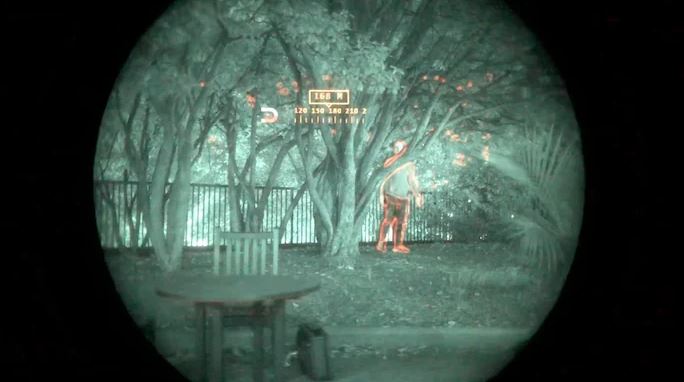One area where photonics is integrated prolifically is the aerospace and defense world. Giants of the aerospace and defense industry rely heavily on implementing photonics technologies to successfully deliver on their multibillion dollar contracts. With applications ranging from thermal imaging to fiber communications, remote sensing and adaptive optics, photonics technologies saturate the defense industry. In today’s post, we will explore a few such applications.
Today's post is sponsored by Gentec-EO - a leader in laser beam measurements.
Hyperspectral Imaging
Hyperspectral imaging allows processing of spectral information hidden in an object of interest. These types of imaging typically allow for the visualization of wavelengths nonvisible to the human eye and offer much deeper characterization of a studied object than other simpler imaging techniques allow. By analyzing the spectral information contained in the reflected from an objects light, hyperspectral imaging technique allow deep characterization of materials. While a human eye is limited to interpreting the collected light into a few distinct bands (red, yellow, green, blue), hyperspectral imaging allows for much narrower classification of emitted wavelength with very fine spectral resolution. An alternate approach of “multispectral imaging”, divides the collected spectrum into subset of targeted wavelengths in certain bands.
This type of imaging, makes it possible to identify the type and amount of material present, as well as uncover any type of chemical changes present. Both hyperspectral and multispectral imaging have evolved to offer advanced sensors and systems for applications in agriculture, biology, biomedicine, astronomy, surveillance and more. The information relayed by the sensors can create an image from the spectral bands. The data from one spectral band can be compared to the data provided by another to help characterize the scene.
Photonics Applications of Hyperspectral and Multispectral Imaging
As one could imagine, these types of imaging are excellent for remote sensing. For example, multispectral imaging is good for tracking military targets since it senses into the infrared region. In this application, multispectral imaging effectively acts as thermal imaging. It is also used in ballistic missile detection since missiles emit in the mid- to long-wave infrared. Hyperspectral imaging can be used in landmine detection too, by characterizing the soil on the ground. Surface level soil exhibits different properties than deeper or disturbed soil. These differences can indicate locations where landmines may be buried.

Above is a hyperspectral image used in an agricultural application. It depicts the distribution of soy and corn plots over the area. Courtesy of SPIE.
This sort of imaging is no longer confined to defense. This photonics technology has filtered its way into the agriculture industry with farming, food inspection, and plant monitoring. Both kinds of imaging can help discern where pesticides or water is scarce or is in excess, as well as determine the soil quality. It can also be used to identify the specific types of vegetation present. Multispectral imaging can be found in forensics, too, where it is used to analyze evidence without compromising it in any way.
Photonics Theory Drives High Energy Lasers
When previously delving into fiber lasers, we mentioned how the US Navy and Lockheed Martin had been developing a 30-kW laser. Since then, they have built a 60-kW laser as part of the integrated weapon system–the High Energy Laser with Integrated Optical-dazzler and Surveillance (HELIOS). Its capabilities include blinding sensors and penetrating certain types of aircrafts. While the HELIOS system has been deemed operational, it has yet to be fully integrated into currently used systems. Improving high-power lasers remains an area of great interest to the defense sector.
Laser systems come with benefits that traditional defensive systems do not. Artillery can run out of ammunition—so long as a laser system has power, the laser can fire indefinitely. One of problems most solid-state lasers present is their weight. This is less problematic on a large maritime vessel but proves more so in areas where excess weight is critical, such as when mounting a high energy laser to an aircraft.

High Energy Liquid Laser Area Defense System (HELLADS) mounted on a B-1 bomber. Courtesy of https://picryl.com/
General Atomics, alongside Boeing, are in pursuit to solve this problem. They created a high-powered liquid laser for this purpose in 2015. Their creation was dubbed the High Energy Liquid Laser Area Defense System, or HELLADS. This system was rated at 150-kW. This laser uses liquid to cool the laser material, dissipating heat. The cooling liquid is the same refractive index as the laser material. General Atomics reports it as being not only lighter, but more compact than a typical solid-state laser of similar power. Some report it as being as much as five times lighter than a comparable solid-state laser. It was subsequently live fire tested as a ground-based system to assess its performance as a counter rocket, artillery, and mortar, or C-RAM. Since then, further development has done to create a system with a 250kW output.
Night Vision
Versions of night vision devices have been used in defense since the Second World War. They evolved from systems needing active illumination to being passively illuminated by the Vietnam War era. Traditionally, night vision works by collecting reflected and infrared light and directing it to an image-intensifier tube. This effectively works like a photomultiplier tube. After this stage, they are passed to a phosphor-coated screen where they produce images much brighter than they would were they viewed unaided. Some night vision devices now use a CMOS sensor and digital enhancement to create an image. These devices can produce higher resolution images than older devices.

This captures what a night vision display might look like using Elbit’s night-vision goggles. Courtesy of The Washington Post.
Recently, night vision goggles with augmented reality additions have been introduced to the US Army. Elbit Systems of America won the contract to supply them with their Enhanced Night Vision Goggle-Binocular (ENVG-B). Their design uses a white phosphor screen as opposed to a more standardly used green phosphor coating. This is said to produce higher contrast between images in the scene and eliminate the green hue one typically associates with night vision. The addition of augmented reality capabilities allows users to project critical information (like maps) on their display. They have also created these devices to be adjustable based on ambient light intensity making them also usable in daylight.
If you liked this article, comment below and share on social media.
